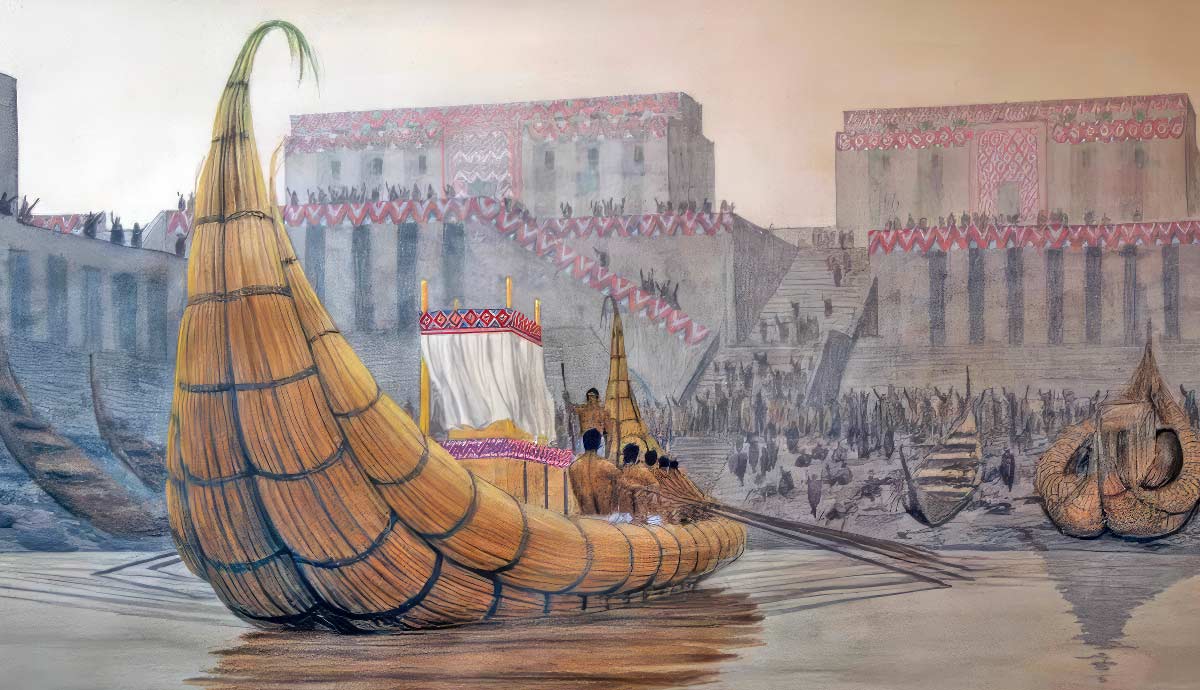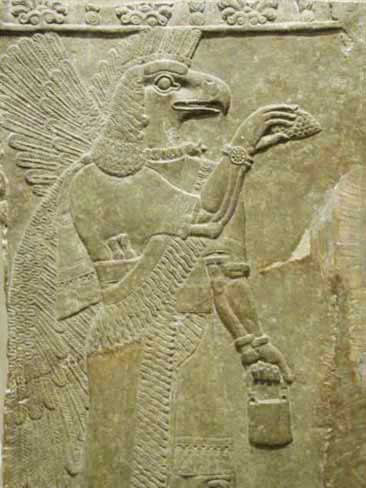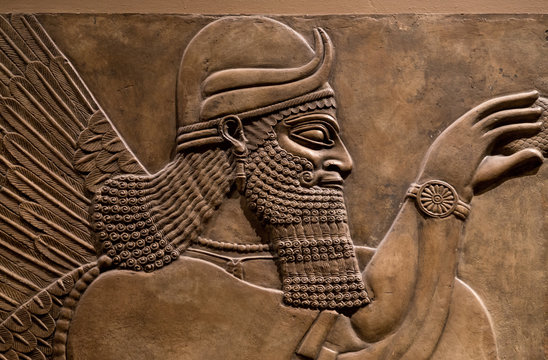Introduction
The Sumerian civilization, which thrived from around 4100 B.C.E. to 1750 B.C.E. in ancient Mesopotamia, is often regarded as one of the most influential and advanced cultures of the ancient world. Renowned for its contributions to science, urban development, and literature, the Sumerians also left behind a rich mythology, particularly surrounding their gods—the Anunnaki. The influence of Sumerian culture extends beyond their innovations in agriculture and law, delving deep into cosmic myths that still spark curiosity and debate today.

The Rise of Sumer: Land of the Civilized Kings
The name “Sumer” meant “land of the civilized kings,” a fitting title for a civilization that pioneered many aspects of modern society. Sumerians were among the first to develop cities, such as Uruk and Eridu, and they created one of the earliest writing systems known as cuneiform. This ability to document laws, trade transactions, and historical events elevated their society to unprecedented levels of complexity.

One of their most lasting contributions is the division of time into measurable units. The Sumerians were among the first to break hours into 60 minutes and minutes into 60 seconds, a timekeeping system that continues to structure our daily lives. Their technological and scientific innovations were matched by their deep spirituality, which centered on the Anunnaki, their pantheon of gods.
The Anunnaki: Guardians of Fate
At the heart of Sumerian religion were the Anunnaki, a group of deities believed to influence human destiny. They were considered intermediaries between heaven and earth, charged with controlling the fate of the Sumerians. In Sumerian cosmology, the Anunnaki were described as the children of An (the sky god) and Ki (the earth goddess). Their role in shaping the world extended beyond governance, as some myths even credit the Anunnaki with the creation of humanity.

The Anunnaki’s presence permeated Sumerian culture, as they were often depicted in ancient texts passing judgment on mortals, administering divine laws, and maintaining order in the universe. Their influence was seen as absolute, with some myths describing the gods’ interventions in human affairs as decisive and often unforgiving.
Sumerian Myths and the Anunnaki: A Cosmic Drama
Sumerian mythology is filled with dramatic tales of the Anunnaki, particularly their involvement in shaping human destiny. One famous myth, “Enki and the World Order,” describes how the god Enki, one of the prominent Anunnaki, established the laws and boundaries of civilization. The Anunnaki were believed to descend to the underworld or heavens, acting as cosmic judges, balancing the forces of life, death, and rebirth.

While many of these stories are interpreted as symbolic representations of the forces of nature and human morality, some modern theorists propose alternative explanations for the Anunnaki. These interpretations suggest that the Anunnaki might have been more than just mythical deities—perhaps visitors from another world, advanced beings mistaken for gods by the early Sumerians.
Modern Interpretations: Ancient Myths or Alien Encounters?
While the mainstream view sees the Anunnaki as purely mythological, alternative theories have gained traction in recent years. Some researchers speculate that the detailed descriptions of the Anunnaki descending from the skies, wielding immense power, might point to ancient extraterrestrial contact. Proponents of this theory argue that the Sumerians, with their advanced knowledge, may have recorded these encounters as interactions with gods.
However, archaeologists and historians generally regard the Anunnaki myths as symbolic expressions of the Sumerians’ understanding of the world around them. The gods represented natural forces, such as fertility, creation, and destruction, with the Anunnaki embodying humanity’s relationship with these primal powers.
Conclusion
The legacy of the Sumerians and their mythology, especially the Anunnaki, continues to intrigue scholars and enthusiasts alike. Their contributions to society, from timekeeping to law, are unmatched in their time, yet it is their rich tapestry of myth that truly captivates the imagination. Whether viewed as gods or misunderstood ancient encounters, the Anunnaki remain central to understanding the Sumerians’ complex worldview. As new discoveries in archaeology and comparative mythology emerge, the enigmatic figures of the Anunnaki may one day reveal even more about humanity’s earliest civilizations and their place in the cosmos.
